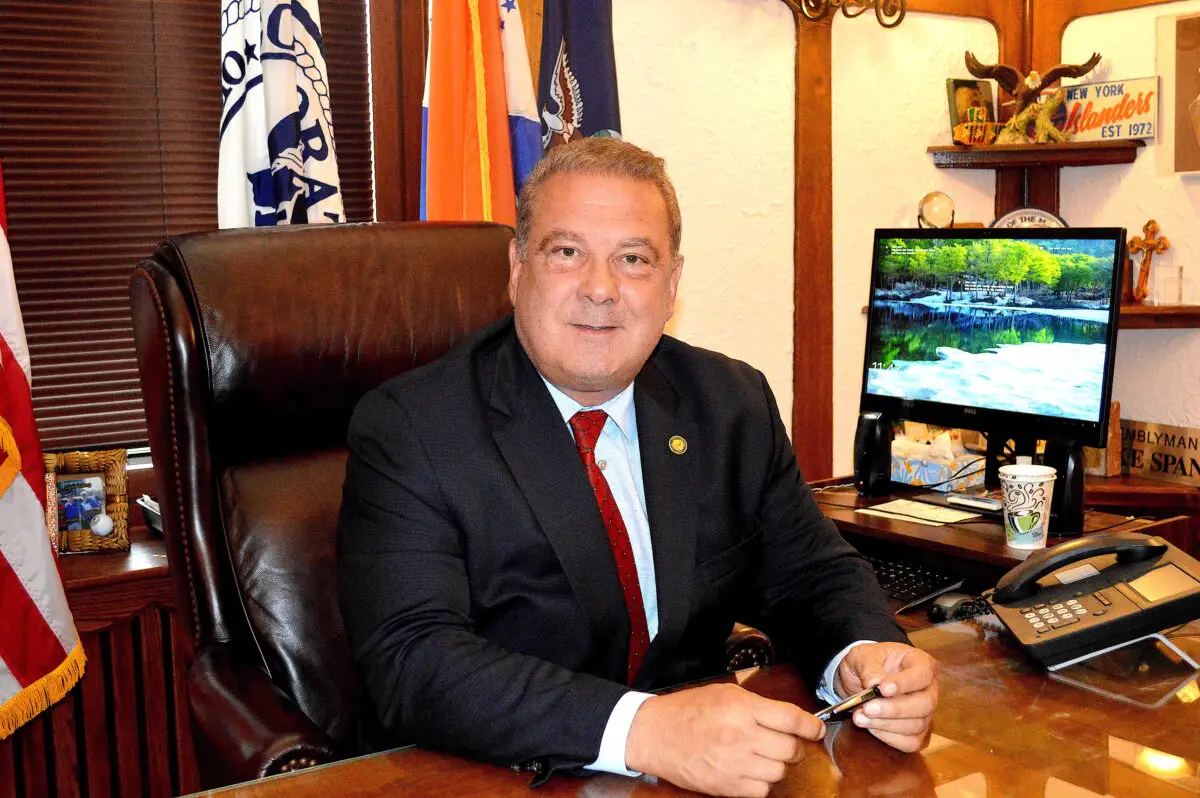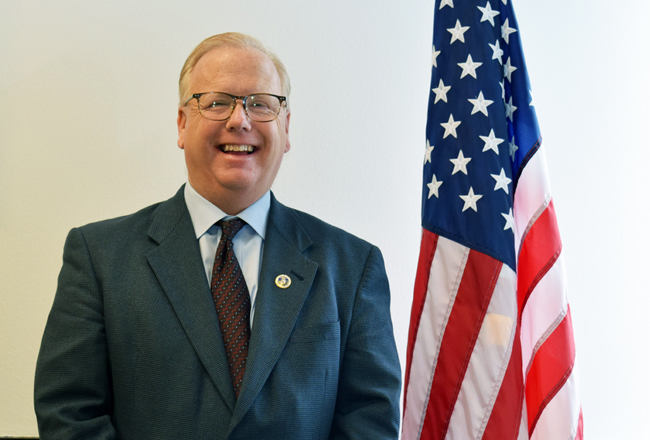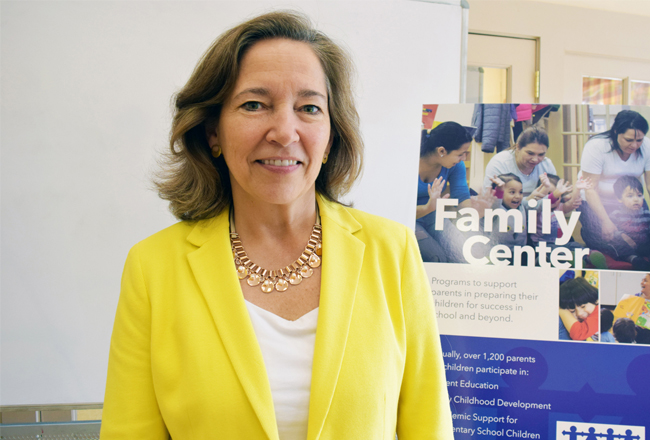Operating one of just four family medicine residency programs in Connecticut ”” and the only one in Fairfield County, Stamford Hospital is actively doing its part to address a significant issue facing the country: an expected massive shortage of physicians by 2030.
“This is extremely important,” said Noel Robin, who serves as chair of the department of medicine at Stamford Hospital and as professor of clinical medicine and associate dean at the Stamford Health System for Columbia University College of Physicians and Surgeons. “Medical schools have expanded, but residency programs have essentially remained unchanged over a protracted period of time. They require additional federal funding to run, which is obviously not forthcoming.”
 “Between 2002 and 2016, U.S. medical school enrollment has risen by more than 27 percent. Increasing the country”™s overall supply of physicians, however, requires Congress to lift the cap it imposed in 1997 on federal support for residency training,” said Darrell G. Kirch, president and CEO of The Association of American Medical Colleges (AAMC).
“Between 2002 and 2016, U.S. medical school enrollment has risen by more than 27 percent. Increasing the country”™s overall supply of physicians, however, requires Congress to lift the cap it imposed in 1997 on federal support for residency training,” said Darrell G. Kirch, president and CEO of The Association of American Medical Colleges (AAMC).
According to the Congressional Budget Office, in 2016 the federal government budgeted more than $10 billion to train residents at teaching hospitals, with about 90 percent of those funds coming from Medicare and the rest from Medicaid. Additional voluntary funding comes from private sources and other government agencies such as the Department of Veterans Affairs.
At issue is the $10 billion cap instituted by the 1997 Balanced Budget Act. The AAMC and others have been pressing for legislation that would remove that cap, but such efforts have so far been in vain.
The search for adequate funding comes at a time when the average American
lifespan continues to rise. In 1997, the average life expectancy was 73.6 years for men and 79.4 years for women. This year it is estimated to be 76.7 for men and 81.6
for women.
Robin said that in the 52 years since he graduated from medical school, he has seen a decided rise in patients”™ age. “It”™s no longer uncommon to have patients in their 90s,” he said, “and we see the occasional centenarian not infrequently.”
The AAMC recently predicted a shortage of as many as 104,900 physicians by 2030, making the need for teaching colleges all the greater, Robin said.
“When you look at the societal issues of increasing life expectancy and the rising commitment to one”™s health coming into play, helping people to live long, healthy and productive lives becomes ever more important,” he said. “That”™s why a relationship like the one we have with Columbia University is so valuable.”
“And even with the issue of physician shortage, there are many other levels than there used to be, such as physicians”™ assistants and nurse practitioners,” he said.
Over the past 20 years, Stamford has been home to some 2,000 Columbia University College of Physicians and Surgeons students, Robin said, adding that at any given time 20 such students can be found on the hospital”™s campus.
Assigned to the hospital”™s internal medicine, family medicine, obstetrics and gynecology, and surgery departments, and serving under the aegis of its skilled and attending physicians, each student is generally given a four- or five-week rotation.
Students are taught in prepared lectures, seminars, conferences and clinical discussions and from their immersive experience in completing their rounds.
As the rotations are continuous throughout the calendar year and Columbia has a total class size of about 160 during their major academic year, Robin said that with few exceptions, all Columbia medical students rotate through the hospital. Stamford Hospital also provides housing for students during their rotations and shuttle transportation to and from New York City at the beginning and end of each workweek.
In addition to its work with Columbia, Stamford also teamed with Sacred Heart University in Fairfield last year to launch a physician assistant program at the hospital”™s Tandet Center with an initial group of 28 students.
“We”™re really talking about learning how to provide contemporary medicine at its best,” Robin said.
He said that the hospital gains from the academic atmosphere that is fostered through the intellectual and clinical engagement of medical students with its residents and attending staff.
One hundred and two Stamford Hospital physicians have major teaching appointments at Columbia Physicians and Surgeons, Robin said.





















